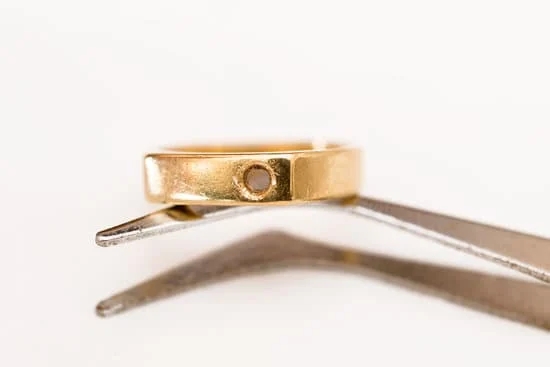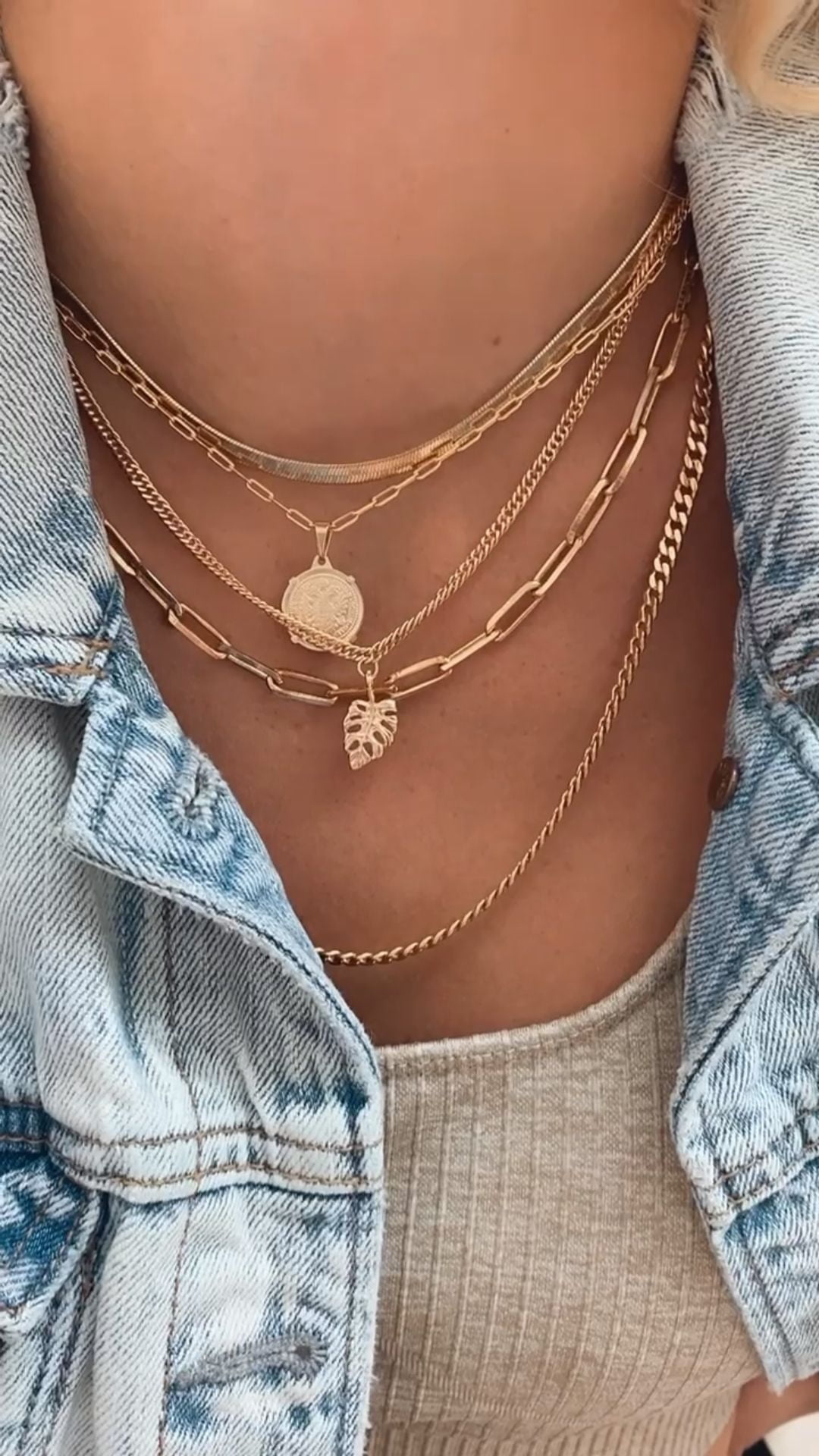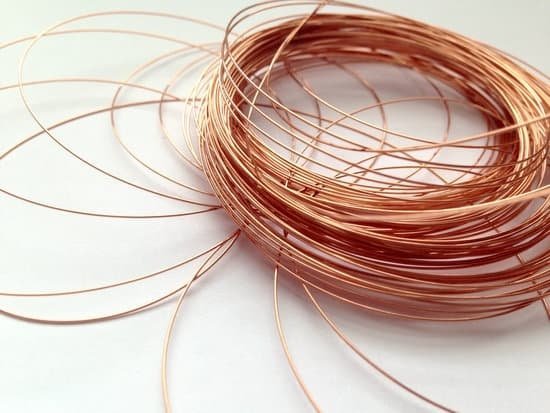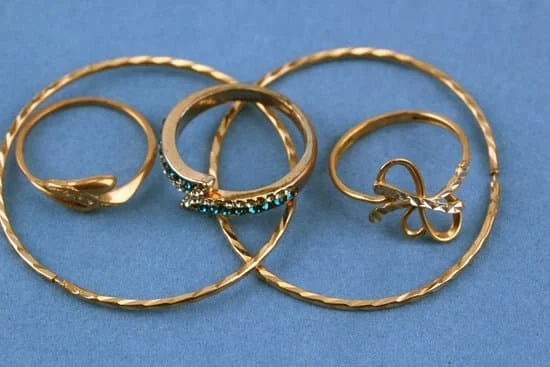What is a bead setting for jewelry? Bead setting is a popular technique in jewelry making that involves carefully placing tiny metal beads around a gemstone to secure it in place. This method not only adds a decorative touch to the piece but also ensures the stones are held securely.
Bead setting has been used for centuries in jewelry making, with origins dating back to ancient civilizations. The technique has evolved over time, becoming a staple in both traditional and contemporary jewelry design. Its distinct style and durability have made it a favorite among jewelers worldwide.
In this article, we will explore the history of bead setting, its characteristics, various techniques used, tools and materials required, a step-by-step guide to the bead setting process, as well as the advantages and disadvantages of this method. Additionally, we will showcase stunning examples of bead-set jewelry pieces and provide tips for maintaining them to keep their beauty intact. Let’s delve into the intricate world of bead setting in jewelry making.
History of Bead Setting in Jewelry Making
The history of bead setting in jewelry making dates back to ancient times, with evidence of this technique being used in adornments from various civilizations around the world. The method involves placing small metal beads along the edges of gemstones to secure them in place. This meticulous process requires skill and precision to ensure each bead is perfectly aligned and set without any gaps.
One of the earliest known examples of bead setting can be traced back to early Egyptian jewelry, where intricate designs featuring precious stones were embellished with tiny beads for added security and aesthetic appeal. Over time, this technique has evolved and been perfected by craftsmen across different cultures, becoming a popular choice for creating stunning and durable pieces of jewelry.
In contemporary jewelry making, bead setting continues to be a favored method among skilled artisans and designers due to its ability to enhance the brilliance of gemstones while providing a secure setting that minimizes the risk of damage or loss. Whether used in traditional designs or modern creations, the artistry and craftsmanship required for bead setting remain highly valued in the world of fine jewelry.
| History of Bead Setting | Key Points |
|---|---|
| Ancient origins | Egyptian jewelry |
| Evolution over time | Popular in contemporary designs |
Characteristics of Bead Setting
Definition of Bead Setting
Bead setting is a popular technique in jewelry making where small metal beads or grains are placed closely together to secure gemstones onto the surface of a piece. This setting creates a visually appealing design while also providing a secure setting for the stones. The beads are pushed around the edge of the stone, holding it securely in place without the need for prongs.
Appearance and Aesthetic
One of the key characteristics of bead setting is its distinctive appearance. The metal beads surrounding the gemstone create a textured and decorative border that adds depth and dimension to the piece. This setting style can be used with various shapes and sizes of gemstones, allowing for versatility in design. Bead-set jewelry pieces often have a delicate and intricate look, making them suitable for both classic and modern designs.
Durability and Security
Another important characteristic of bead setting is its durability and security. The close proximity of the metal beads ensures that the gemstone is held firmly in place, reducing the risk of it becoming loose or falling out.
This makes bead-set jewelry ideal for everyday wear, as it can withstand regular use without compromising on the safety of the gemstones. Additionally, because there are no prongs to catch on clothing or objects, bead-set jewelry is less likely to snag or get damaged compared to other setting styles.
Types of Bead Setting Techniques
Bead setting is a popular technique in jewelry making that involves setting small metal beads around gemstones to secure them in place. There are several types of bead setting techniques that jewelry makers can use to achieve different looks and effects in their pieces.
One common type of bead setting technique is the traditional round bead setting, where metal beads are evenly spaced around the gemstone to hold it securely. This classic style creates a clean and timeless look, perfect for showcasing the beauty of the stone. Another variation is pavé bead setting, where multiple small beads are set closely together to create a pave-like effect around the gemstone, giving the piece a more intricate and glamorous appearance.
For those looking for a more delicate and subtle look, micro-bead setting may be the technique of choice. In micro-bead setting, tiny metal beads are used to create a finer and more intricate design around the gemstone, perfect for adding a touch of elegance to any piece of jewelry. This technique requires precision and attention to detail, but the stunning results are well worth the effort.
Overall, each type of bead setting technique offers its own unique look and style, allowing jewelry makers to showcase their creativity and craftsmanship in their designs. Whether opting for a classic round bead setting or experimenting with pavé or micro-bead setting, there are endless possibilities when it comes to incorporating bead settings into jewelry pieces.
Tools and Materials Required for Bead Setting
Bead setting is a popular technique in jewelry making that involves setting small gemstones closely together to create a seamless, shimmering surface. In order to achieve this intricate and detailed look, specific tools and materials are essential for the bead setting process.
One of the key tools required for bead setting is a pave tool, which is used to push the metal around the gemstone securely. Additionally, jewelers often utilize a graver tool to shape and secure the beads around each stone. Other essential tools include tweezers, burnishers, and magnifiers to ensure precision and accuracy during the setting process.
When it comes to materials, high-quality gemstones such as diamonds or colored gems are typically used for bead setting due to their durability and brilliance. Jewelers also require precious metals like gold or platinum to create the settings for the gemstones. These materials not only add value to the final piece but also contribute to its overall aesthetic appeal.
Overall, having the right tools and materials is crucial for successful bead setting in jewelry making. From pave tools to high-quality gemstones, each element plays a vital role in creating stunning bead-set pieces that stand out for their meticulous craftsmanship and captivating beauty.
Step-by-Step Guide to Bead Setting Process
Bead setting is a popular technique in jewelry making that involves setting small gemstones or beads into metal settings to create a secure and decorative design. This method adds a touch of elegance and intricacy to jewelry pieces, making them stand out with their unique and eye-catching appearance.
What is a bead setting for jewelry, you ask? It is a delicate process that requires precision and skill to ensure the stones are securely held in place while enhancing the overall aesthetic of the piece.
To begin the bead setting process, jewelers start by creating small indentations or holes in the metal where each stone will be placed. These indentations are then carefully pushed around the edges of the stones using a highly specialized tool called a graver.
The metal is raised around the stone, creating tiny beads that hold the gemstone securely in place. This meticulous process requires steady hands and attention to detail to ensure each bead is uniform in size and properly secures the stone.
One of the key advantages of bead setting is its ability to securely hold smaller gemstones in place without the need for prongs or other types of settings that may obstruct the view of the stone. Additionally, bead-set stones have a smooth surface that makes them less likely to catch on clothing or other materials compared to protruding settings like prongs.
However, one of the disadvantages of bead setting is that it can be time-consuming and labor-intensive due to its intricate nature, requiring patience and skill from the jeweler throughout the entire process.
Advantages and Disadvantages of Bead Setting
Advantages of Bead Setting
One of the main advantages of bead setting for jewelry is that it provides a secure and durable way to set stones. The technique involves carefully placing small metal beads or prongs around the gemstone, holding it in place firmly. This ensures that the stone is less likely to become loose or fall out compared to other setting methods. Bead setting also allows for multiple stones to be set closely together, creating a continuous sparkle and brilliance on the piece.
Another advantage of bead setting is its versatility in design. This technique can be used with various shapes and sizes of gemstones, giving jewelry makers the flexibility to create unique and intricate designs. Additionally, bead-set jewelry pieces often have a sleek and contemporary look due to the minimal metal visibility around each stone. This modern aesthetic has made bead setting a popular choice for engagement rings, wedding bands, earrings, and other types of fine jewelry.
Disadvantages of Bead Setting
Despite its many benefits, bead setting also comes with some disadvantages that jewelry makers should consider. One potential drawback is the time-consuming nature of this setting technique. Each tiny bead or prong must be individually shaped and placed around the gemstone, requiring precision and patience. As a result, bead setting may not be suitable for mass production or large-scale jewelry manufacturing.
Another disadvantage of bead setting is the risk of damaging the gemstones during the process. Since the setter needs to push metal beads against the stones to hold them in place securely, there is a chance that excessive force could chip or scratch delicate gems like diamonds or sapphires.
Proper training and experience are crucial for minimizing this risk when using bead setting for precious stones. Additionally, frequent maintenance may be required to ensure that the beads remain tight and secure over time.
Examples of Stunning Bead-Set Jewelry Pieces
Bead setting is a popular technique in jewelry making that involves setting small beads of metal around a gemstone to secure it in place. This method adds a touch of elegance and sophistication to jewelry pieces, creating a unique and eye-catching design. Bead setting is often used to highlight the beauty of gemstones such as diamonds, sapphires, and rubies by framing them with fine metalwork.
When it comes to bead-set jewelry pieces, the possibilities are endless. From classic solitaire rings to intricate pendant necklaces, bead setting can be incorporated into various types of jewelry designs to create stunning pieces. One of the key features of bead-set jewelry is the meticulous craftsmanship required to ensure that each bead is evenly spaced and securely set around the gemstone.
To give you a better idea of the versatility and beauty of bead-set jewelry, here are some examples of stunning pieces that showcase this technique:
- A dazzling diamond engagement ring featuring a round brilliant-cut center stone surrounded by delicate bead-set diamonds on the band.
- An elegant pair of drop earrings with vibrant blue sapphires held in place by a row of meticulously placed beads along the outer edge.
- A timeless tennis bracelet adorned with glistening white diamonds set in a continuous line using the bead setting technique for a seamless look.
These examples demonstrate how bead setting can enhance the overall appearance of jewelry pieces, adding sparkle and dimension to the gemstones while highlighting the intricate metalwork involved in creating these stunning designs.
Tips for Maintaining Bead-Set Jewelry
When it comes to maintaining bead-set jewelry, proper care and attention are essential to preserve the beauty of these intricate pieces. Here are some tips to help you keep your bead-set jewelry looking its best for years to come:
- Regular Cleaning: One of the most important steps in maintaining bead-set jewelry is regular cleaning. Use a soft brush and mild soap to gently clean the surface of the jewelry, making sure to reach all the crevices where dirt and grime may accumulate.
- Avoid Harsh Chemicals: Bead-set jewelry is delicate, so it’s important to avoid using harsh chemicals or abrasive cleaners that can damage the setting or stones. Stick to gentle cleaning solutions specifically designed for jewelry.
- Inspect for Loose Stones: Periodically check your bead-set jewelry for any loose stones. If you notice any movement or gaps between the beads and stones, take the piece to a jeweler for professional re-tightening.
In addition to regular cleaning and maintenance, proper storage is also crucial in preserving bead-set jewelry. Here are some storage tips to help keep your pieces in top condition:
- Store Separately: To prevent scratching or tangling, store each bead-set piece separately in a soft pouch or lined box.
- Avoid Contact with Other Jewelry: Bead-set jewelry can be easily scratched by other metal pieces, so store them away from other jewelry items.
- Avoid Moisture and Heat: Excessive moisture and heat can damage both the stones and settings of bead-set jewelry. Store them in a cool, dry place away from direct sunlight.
By following these maintenance tips, you can ensure that your beautiful bead-set jewelry remains sparkling and dazzling for generations to come. Remember that proper care and attention are key when it comes to preserving the intricate beauty of bead-set pieces.
Conclusion
In conclusion, bead setting is a beautiful and versatile technique in jewelry making that has been used for centuries to enhance the brilliance and sparkle of gemstones. Its history dates back to ancient civilizations, where skilled artisans carefully set small beads around gemstones to secure them in place. This technique has evolved over time, with various types of bead setting techniques now available to jewelry makers.
What is a bead setting for jewelry? It is a method that involves using small metal beads or prongs to secure gemstones in place without covering too much of their surface area. This allows the gemstone to catch the light from all angles, creating a dazzling effect. The process requires precision and attention to detail, but the results are truly stunning.
One of the advantages of bead setting is its ability to securely hold gemstones in place while still allowing them to shine brightly. However, one must also consider that this technique may require more maintenance compared to other settings, as the small beads can loosen over time.
Despite this, with proper care and upkeep, bead-set jewelry pieces can remain sparkling and beautiful for years to come. In essence, the beauty and versatility of bead setting make it a popular choice among jewelry designers looking to create unique and eye-catching pieces.
Frequently Asked Questions
What Is Bead Set Diamonds?
Bead set diamonds refer to a technique where small diamonds are closely set together with tiny beads of metal holding them in place. This creates a brilliant and sparkly effect that enhances the overall beauty of the jewelry piece.
What Are the Different Jewelry Settings?
There are various types of jewelry settings, each offering a unique look and style. Some common settings include prong setting, bezel setting, channel setting, pave setting, and halo setting. Each setting plays a crucial role in showcasing the gemstone or diamond in the jewelry piece.
What Is Beading in Jewelry?
Beading in jewelry refers to the process of adding small metal beads to enhance the design or texture of a piece. Beads can be used as spacers between gemstones, decorative accents along chains or bracelets, or as intricate patterns within intricate designs. This technique adds depth and intricacy to the jewelry piece.

Welcome to my jewelry blog! My name is Sarah and I am the owner of this blog.
I love making jewelry and sharing my creations with others.
So whether you’re someone who loves wearing jewelry yourself or simply enjoys learning about it, be sure to check out my blog for insightful posts on everything related to this exciting topic!





